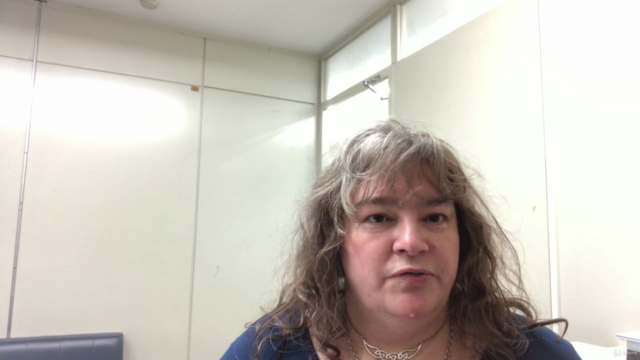Introduction to Teaching English Phonology
Practical Ways of Improving English Pronunciation
4.40 (86 reviews)

1,841
students
1 hour
content
May 2021
last update
FREE
regular price
What you will learn
Basic understanding of teaching English phonology
Some practical applications (activities) to practice/develop English phonology
Screenshots




Related Topics
4032676
udemy ID
5/7/2021
course created date
5/26/2021
course indexed date
Angelcrc Seven
course submited by